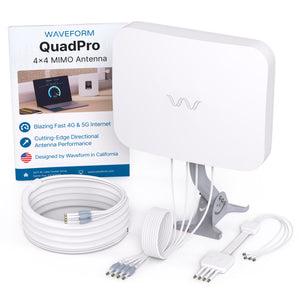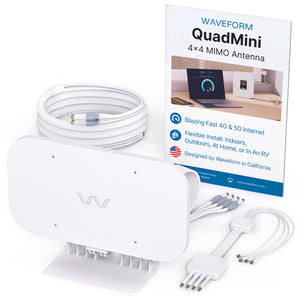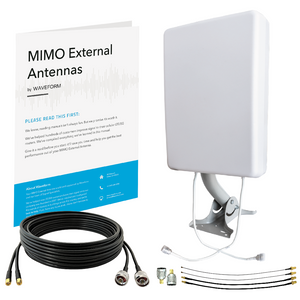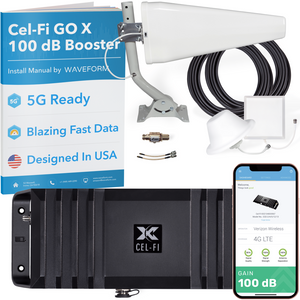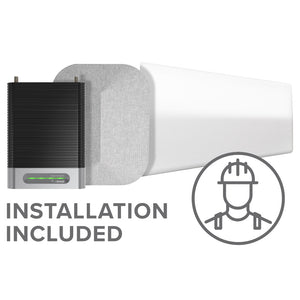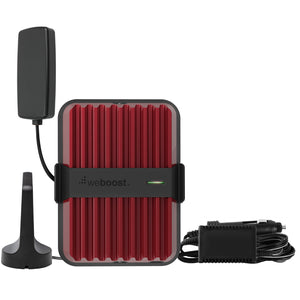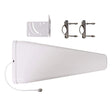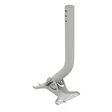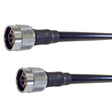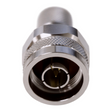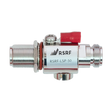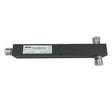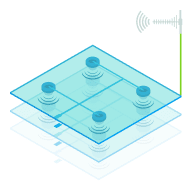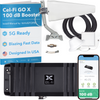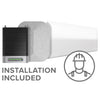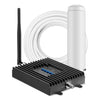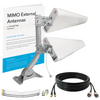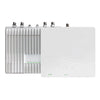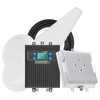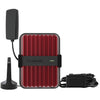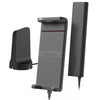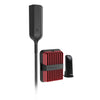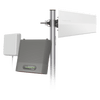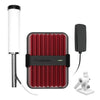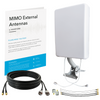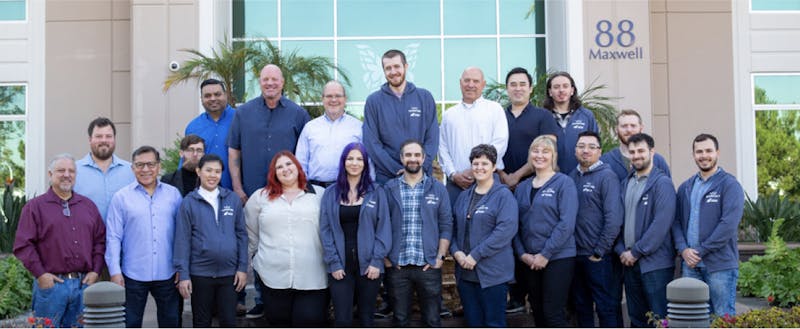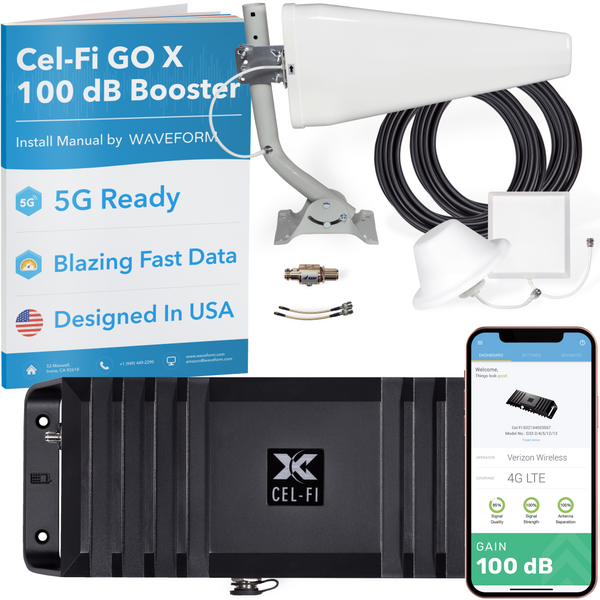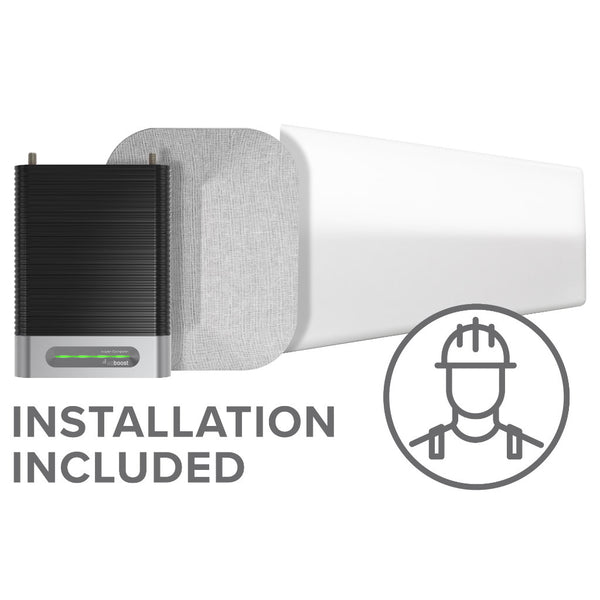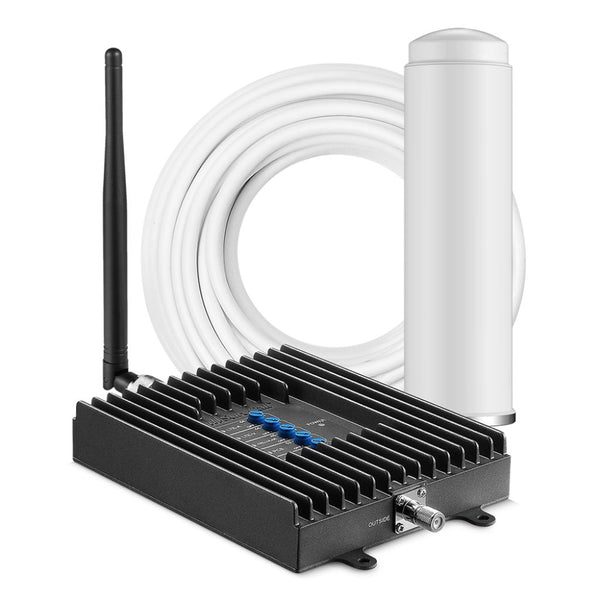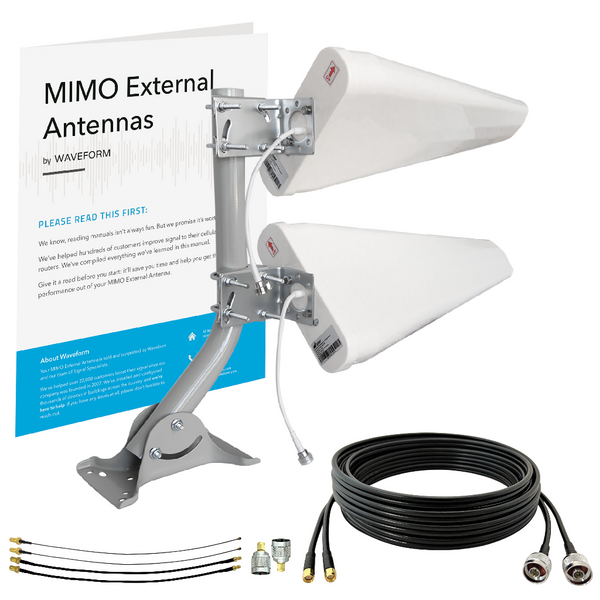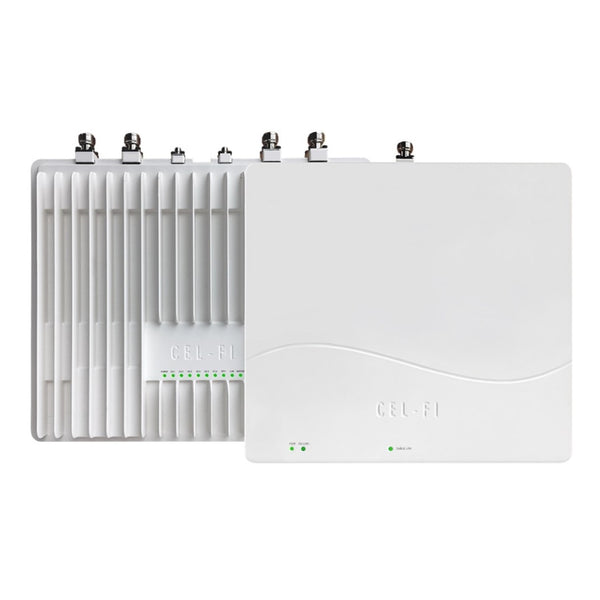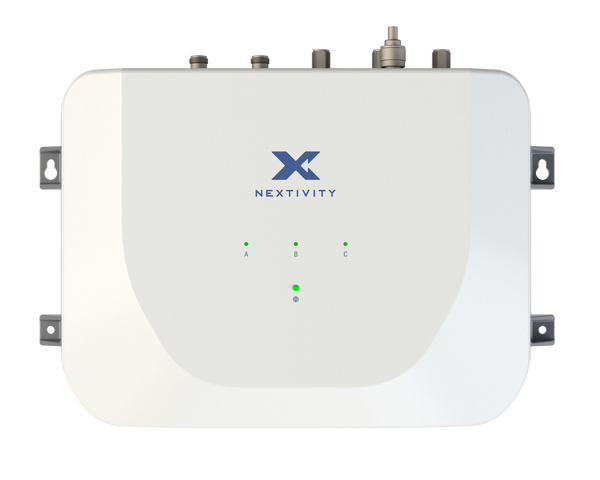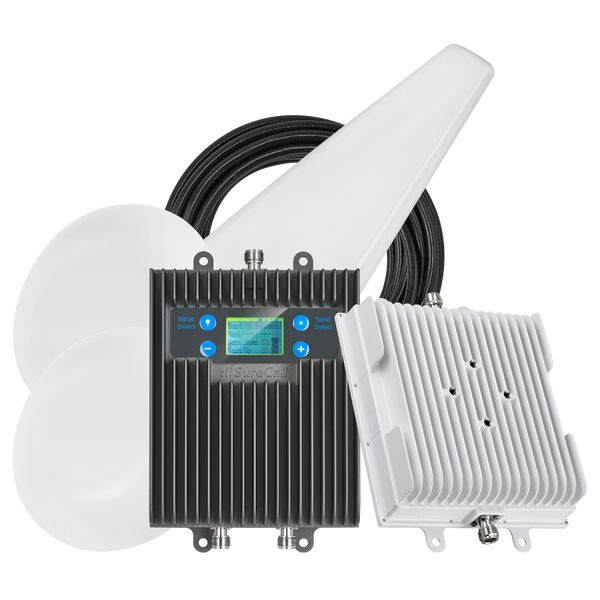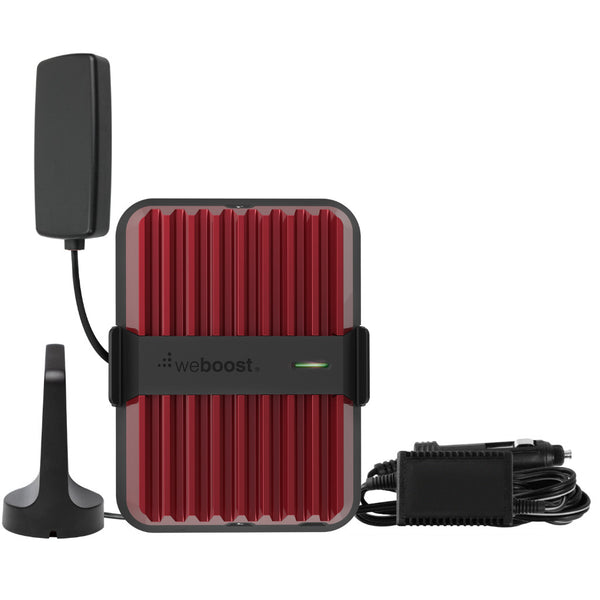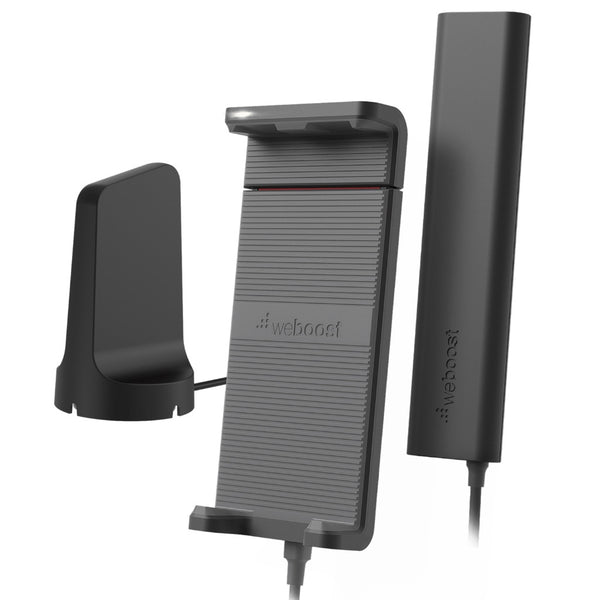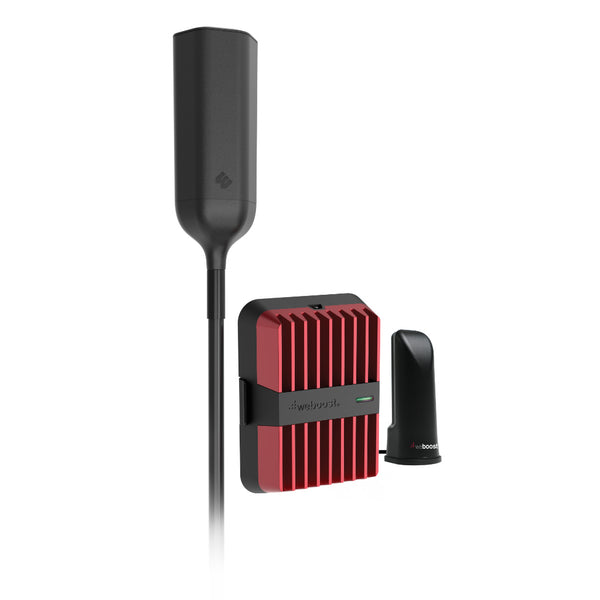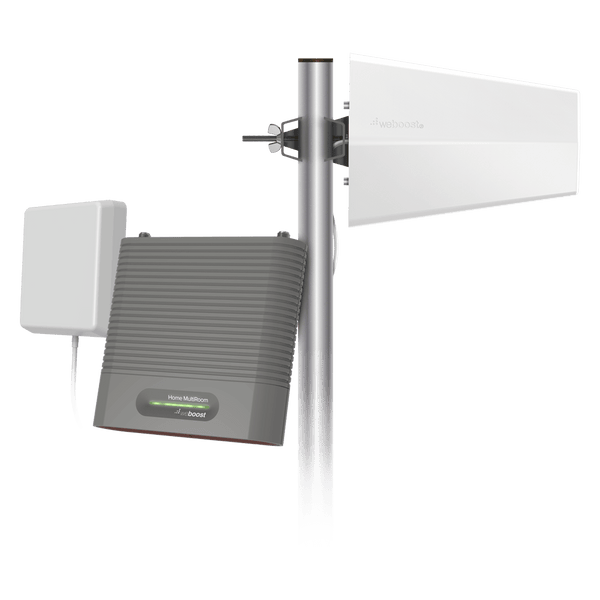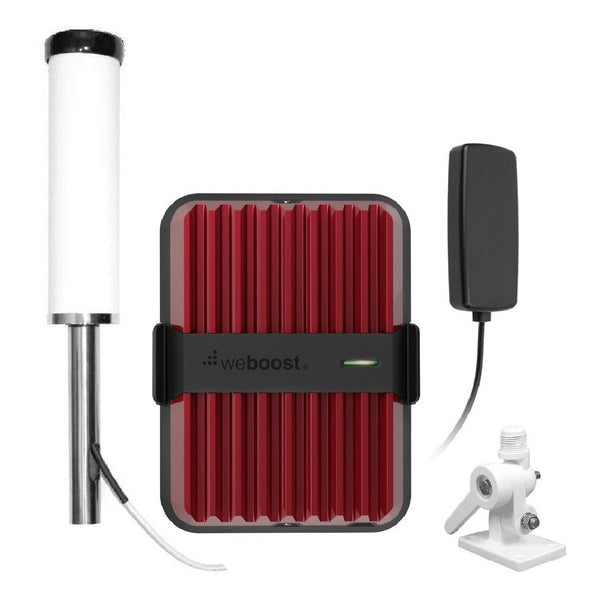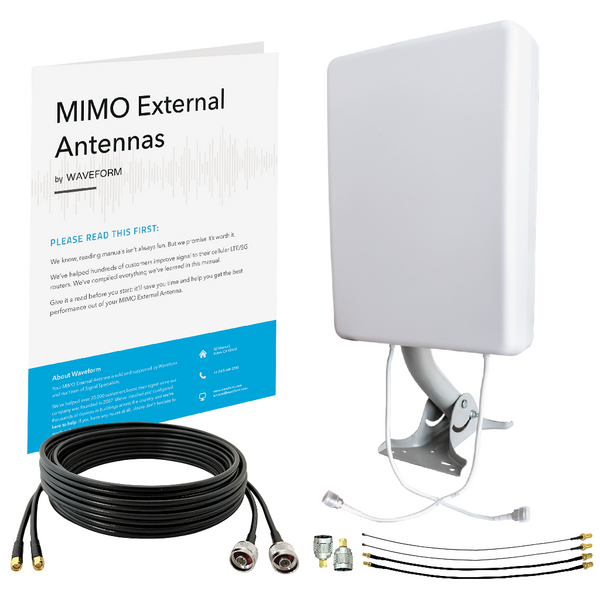If you plan to use your booster in a mobile application like a car, truck, or moving RV, then maximum uplink power becomes very important.
When you're at the edges of cell coverage, it's most often the uplink connection that goes first. Your phone simply isn't able to broadcast as much power as the cell tower.
A booster with a high uplink power helps you get coverage at even greater distances from the tower.
3. Frequency Bands
Cell towers communicate with your phone on a number of different frequency ranges, called "bands."
The frequency bands your phone will use depend on:
- Your cell carrier
- Where you're located
- Which towers you're nearest to
The FCC, which regulates wireless spectrum in the US, allows boosters to amplify 5 frequency bands.
These 5 bands cover 4G and 5G for AT&T and Verizon, but only 4G for T-Mobile.
Is T-Mobile Your Carrier?
If your phone receives a 5G T-Mobile signal where you're located, you won't be able to use a booster to amplify that signal.
FCC rules prevent boosters from amplifying T-Mobile's 5G bands at this time. Consider using a hotspot with MIMO antennas instead.
The 11 Best Cell Signal Boosters of 2022
There's no one perfect booster.
In fact, we think there are 11.
Finding the right booster depends on your budget, and how and where you need better signal.
Choose your application to see our favorites:























